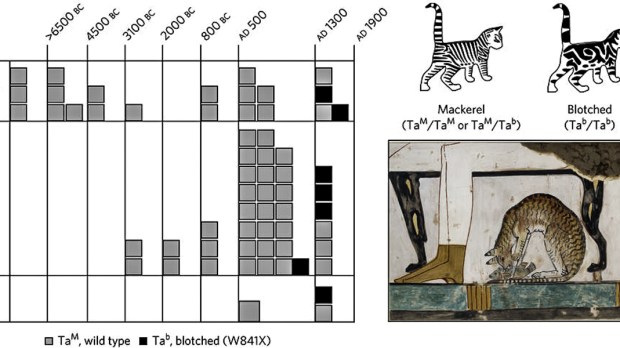Lenten Campaign 2025
This content is free of charge, as are all our articles.
Support us with a donation that is tax-deductible and enable us to continue to reach millions of readers.
The results of your cat’s DNA test are in: he’s descended from wild felines living 9,000 years ago in the Middle East, and wherever people went, he went, too.
A new study using ancient DNA extracted from Egyptian mummies, Viking burial grounds, and cat remains found in archaeological digs has shed new light on the long, interdependent relationship between humans and cats.
Cats were initially tamed 9,000 years ago in the Middle East, coinciding with the beginnings of an agricultural society in which grain was stored, and rodents began to become a nuisance.
Because they were so useful to humans – every ship needed a cat to deal with its mice – people took them with them when they traveled. The spread of cats then, which eventually reached every continent except Antarctica, follows the trade routes of the day, and follows the spread of civilization.
Modern cats originated in one of two places – the first wave came from what is now modern-day Turkey, and spread to Europe around 4,400 BC. A second taming appears to have occurred in Egypt thousands of years later.
These cats made their way on ships through the Mediterranean. Evidence shows cats living in Europe during the Roman Empire, and even in northern Europe where cat DNA was found in a Viking port.
It wasn’t until the Middle Ages, though, that cats with spotted and striped markings – the tabbies we are familiar with – came on the scene. Until then domestic cats resembled their wild ancestors and only had light “mackerel” markings on their coats.

